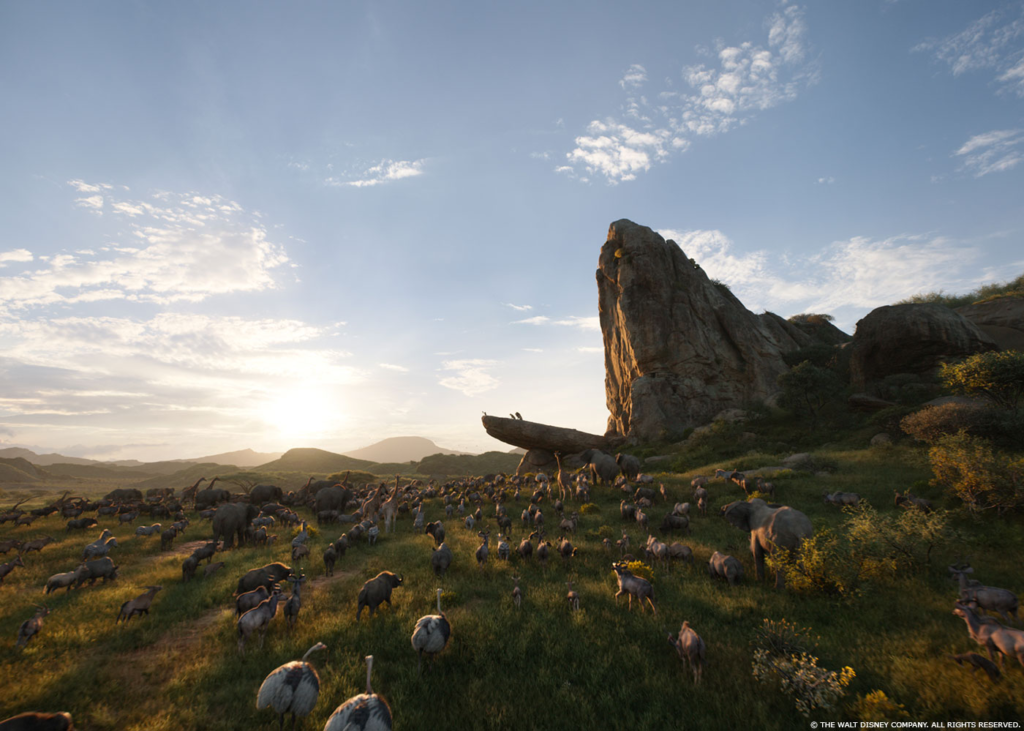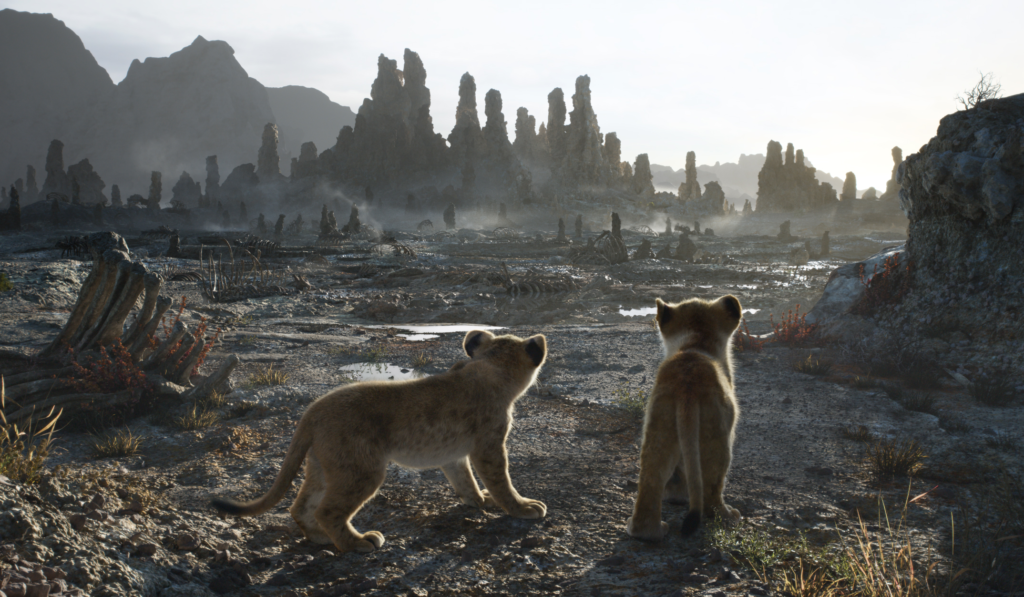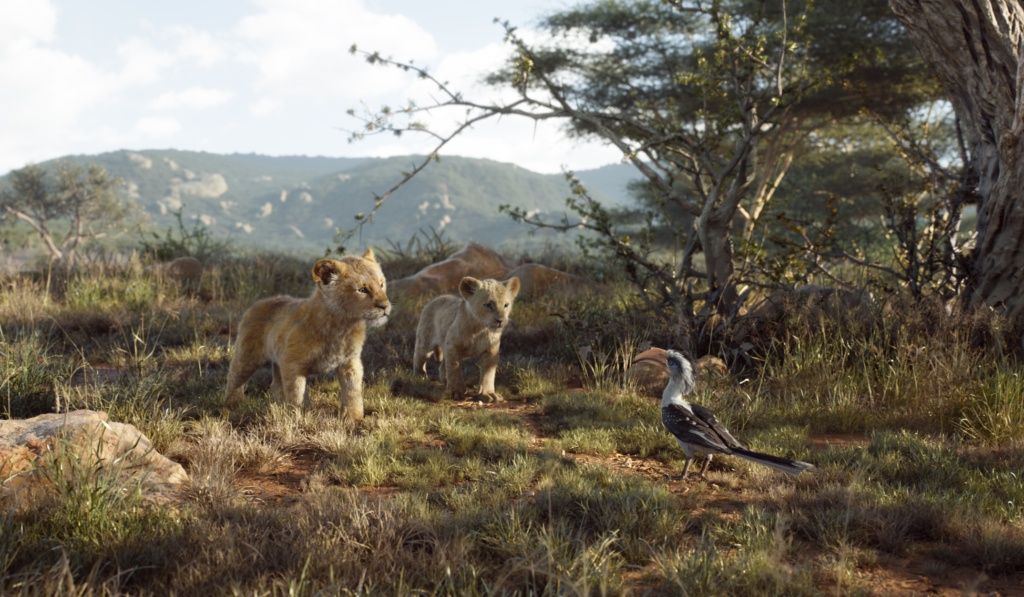Each year we see a new standard for virtual films, but the latest Lion King put every other virtual film of 2019 to shame. Disneys latest release dominated the box office quickly with over a billion dollars in total revenue, in just 19 days. Although that is no record or anything, it is something worth nodding your head at.
Lion King (2019) brings an entire new generation into the depths of Africa with Simba as they go on an emotional rollercoaster. In this shot for shot remake, MPC, the maker of the virtual film, will take you to venture next to Simba as he finds himself, true friends, and even a shot at being King in the desert of Africa. You are sure to be tossed back to your youthful ages as you rewatch Scar kill Mufassa in a much more realistic way. Spoiler: it is just as sad, maybe even more sad, than the original Lion King.
Elliot Newman, the virtual graphics supervisor for The Lion King spoke to Quixel about the role he played in the film, and more importantly, the role Megascans played in creating the scenes. “In terms of scale, this was the largest production of this kind we have taken on to date. The Megascans library helped us surface many miles of geometry based on the many disparate locations in and around Kenya that we used as reference for the environments in the movie.”

Newman also explained how the time they saved with time Megascans and how that was channeled into more creative focus. “The Megascans library allowed us to focus on art directing the surfacing of our rocks and terrain without spending time constructing the maps and UVs ourselves; the result is a more complex looking world and the production was more procedural and artist friendly which made it very easy to make changes and fine tune along the way.”

The MPC lead Marco Rolandi made Newman’s points stick even more when he discussed the Megascans as well. “For MPC Film’s work on The Lion King, we leveraged the consistency and variety of the Megascans library to create an array of materials at various scales for the project. This also allowed us to mix the scales up together to achieve even more varietals and complexity. It also saved us time by not having to work on UVs, custom texturing and uprezing.”
MPC was formally best known for their outstanding work in The Jungle Book in 2016. In this film, they harnessed and showed off the true powers of the virtual world and how it can make modern filmmaking even better. Even in this film, the CTO of MPC said that the Megascans produced by Quixel were “an invaluable resource” throughout the creation of The Jungle Book.

Damiem Fagnou, the SVP of Technology and Infrastructure at Technicolor Production Services said that “We continue to love the Megascans library and the sheer amount of improvements and investments made to it by Quixel. [The library] has grown tremendously while still maintaining its industry-leading standard of quality. It’s as groundbreaking as ever, and a true asset for our team.”
With all of these quotes being legit, there is one major takeaway from all of this. Quixel’s Megascans have been a staple in the industry for almost three years now, and they will continue to be a major part of making the next great virtual film. Quixel has turned their Megascans software into a major business asset. The Megascan library is growing day by day, and there is no end in sight for Quixel.






























